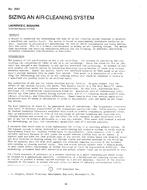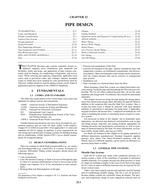If most predictions for the future are correct, a shift from a predominantly gas and oil-based economy back to a coal based economy is expected, and this requires a re-eva1uation of methods for obtaining energy from coal. Methods reviewed include: direct firing; use of low, medium; or high Btu gases; liquefaction; combination fuels (coal in oil or other liquids); direct power (diesel, magnetohydrodynamics); underground gasification. A reversion to coal-based energy sources can introduce system constraints, such as greater combustion volume for lower reactivity fuels, or environmental limitations, or the time or system scale. Within these constraints, the most viable short term options for industry (next 10 to 15 years) would seem to be either direct firing of furnaces by coal or coal/oil mixtures, or else low Btu (producer) gas from fixed bed (shaft) gasifiers. In the medium term (1985 – 2000), the most likely development is the growth of an increasingly varied energy-delivery system, with substitute natural gas (SNG) or oil (SNO) contributing to but not dominating it. These conclusions are presented in the context of burning time and combustion intensity requirements, influence of fuel and flame characteristics on combustion efficiency and flame temperature, influence of processing temperature on thermal efficiency, and heat transfer characteristics in a furnace.
Citation: ASHRAE Transactions, Volume 84, Part 1, Atlanta, GA
Product Details
- Published:
- 1978
- Number of Pages:
- 21
- File Size:
- 1 file , 1.1 MB
- Product Code(s):
- D-AT-2474


